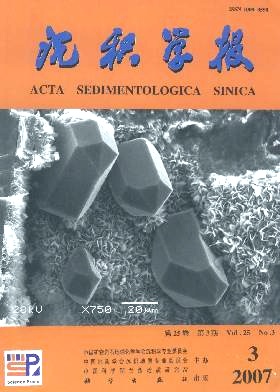Late Cenozoic Element Characters and Palaeoclimatic Change of the Lacustrine Sediments in Linxia Basin, China
- Received Date: 1900-01-01
- Rev Recd Date: 1900-01-01
- Publish Date: 2007-06-10
-
Key words:
- elements
Abstract: The late Cenozoic stratigraphy is widely distributed in the Linxia Basin in the southeastern part of the Tibetan Plateau, China. Especially in 13~4.34 Ma, the Lacustrine sediments are mainly stably fine grain with low energy, the different time scales and sorts of sediment rhythms in this era record much paleoclimatic changes. On basis of research of the element geochemistry of these stably fine lacustrine sediments and sediment rhythmic series in the Linxia Basin, we find four stages of the paleoclimatic evolution throughout the whole time in this basin. Firstly, it is relatively humid at beginning during 13~12 Ma, and then it is still humid with some very short dryevents in the period of 12~7.8 Ma. It turns relatively drier than before in 7.8~6.2 Ma, and at last it becomes drier and drier with high frequency climate oscillations since 6.2 Ma. The climatic reforming in 7.8 Ma is thought as the possible result of the strength of the winter monsoon, and the regulated climatic changes since 6.2 Ma maybe relate to the modern monsoon.
| Citation: | SONG Chunhui. Late Cenozoic Element Characters and Palaeoclimatic Change of the Lacustrine Sediments in Linxia Basin, China[J]. Acta Sedimentologica Sinica, 2007, 25(3): 409-416. |






 DownLoad:
DownLoad: